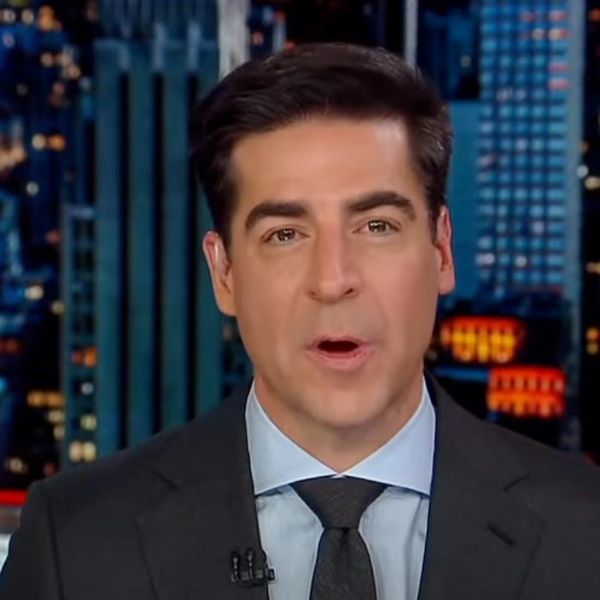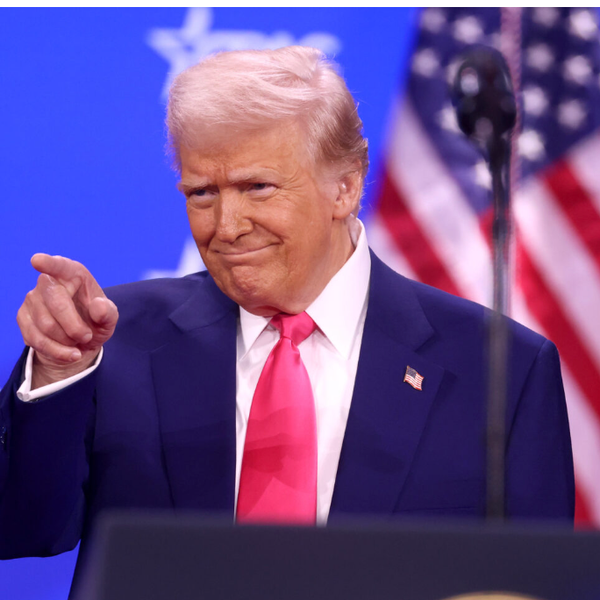Wells Fargo Schemes Prove The Value Of Vigorous Bank Regulation
Wells Fargo kicked its public relations machine into gear after news broke that regulators fined the bank $185 million for creating up to 2 million fake accounts in the names of existing customers.
The company took out full-page ads in major publications and top executives made promises to adhere to the company’s “values.” The problem is, the financial giant’s values and business culture are all too evident in this debacle.
Regulators slapped the fine on Wells Fargo through a settlement after discovering that employees created fake email addresses, fraudulently applied for credit cards and moved unwitting customer’s money to the new accounts. The misbehavior earned bonuses and let employees meet aggressive sales quotas.
Yet so far, Wells Fargo remains in denial. Sure, it fired thousands of employees and refunded millions of dollars to the customers in whose names the accounts were fraudulently opened. However, its settlement with regulators does not require it to admit wrongdoing, and its top executive denies that its system of incentives contributed to the behavior.
This is as troubling as the original deceits. Because it signals that significant change, the sort of deep rewiring of attitudes and how they play out in policy, might not come.
CEO John Stumpf flatly insisted to the Wall Street Journal, “There was no incentive to do bad things.”
Why then, did Wells Fargo promptly dump the practice of sales goals to drive new business to its financial services? It’s doubtful that the heavy insistence on cross-selling was shuttered for appearances only.
Maybe Stumpf will be more forthcoming in his testimony Tuesday (Sept. 20) before the Senate Banking Committee. Or maybe it will take discovery from the U.S. attorney’s offices now opening investigations.
The 5,300 people Wells Fargo fired for their involvement in the scandal are believed to have charged the unwitting customers $1.5 million in fees for accounts they didn’t know they opened. They made 565,000 false credit card applications, sometimes closing the accounts as quickly as they were given credit for opening them. That’s called covering your tracks.
Such predatory practices don’t occur in a vacuum. Regulators believe the behavior continued over a period of about five years. No doubt, bosses up the chain of command were pleased and well compensated for the bogus new business and had little incentive to verify that it was on the level. That’s business culture.
At the top of that food chain was recently retired executive Carrie Tolstedt, who headed up the community banking sector. She left the firm with $124 million in stock and options. The lower level employees, who did wrong but were incentivized to do so, got fired. That, too, is business culture.
And it’s just one industry’s example of why the average working person feels systems are so set against them. It doesn’t matter that Wells Fargo refunded fees to people. Or that, in perspective, the 5,300 employees are a fraction of the company’s 270,000 total workforce.
Meanwhile, Republicans in Congress have been trotting out plans to dismantle the Consumer Financial Protection Bureau – the very agency that helped bring this scandal to public light. That’s business culture operating in politics.
The Financial Choice Act, pushed by Jeb Hensarling, a Republican from Texas, seeks to rollback many of the checks and balances set in place by the Dodd-Frank Wall Street Reform and Consumer Protection Act, which was enacted after the financial crisis of 2008. Many Democrats admit that Dodd-Frank, like many sweeping laws, could benefit from a rewrite of certain passages. However, the Wells Fargo script shows clearly that regulators must remain vigilant. And the congressional friends of the big banks must not be allowed to muzzle the public’s watchdog.
(Mary Sanchez is an opinion-page columnist for The Kansas City Star. Readers may write to her at: Kansas City Star, 1729 Grand Blvd., Kansas City, Mo. 64108-1413, or via e-mail at msanchez@kcstar.com.)
(c) 2016, THE KANSAS CITY STAR. DISTRIBUTED BY TRIBUNE CONTENT AGENCY, LLC
Photo: A Wells Fargo branch is seen in the Chicago suburb of Evanston, Illinois, February 10, 2015. REUTERS/Jim Young












